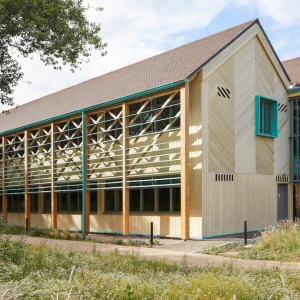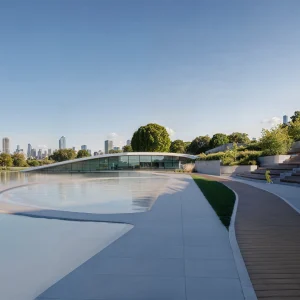With US Environmental Agency designating the former naval shipyard – filled with radiation and industrial toxins – as one of the most polluted sites in the nation, San Francisco has announced plans to rid the shipyard of its toxins and build the UN Global Compact Center on site.
Announced by San Francisco Mayor Gavin Newsom, the $20 million proposed center, spread across 80,000 square feet, would be part of the United Nations ‘Global Compact’, and will focus on promoting sustainable and clean technologies. A UN Global Compact Center would likely include a clean tech business incubator, offices of the UN Global Compact, and a retreat / conference center to facilitate the exchange of sustainability best practices and other innovations related to combating global warming.
Newsom said that once completed, the UN center can serve as an anchor for other sustainable businesses at the shipyard in much the same way that the University of California and the Stem Cell Institute have anchored Mission Bay’s burgeoning biotech and life sciences cluster in California.
After years of planning and voter approval last June, the Hunters Point Shipyard and the adjacent Candlestick Point are slated to be revitalized as vibrant new developments with over 10,000 new homes – more than 32% of which will be offered at below market rates, over 300 acres of new parks, a major new retail and arts center, and over two million square feet of commercial space to serve the largest cluster of green technology companies and institutions on the western seaboard.
The Hunters Point Shipyard in San Francisco would provide a key strategic location for a global United Nations center. Over two million square feet of LEED-certified commercial space will be developed in Parcel C of the shipyard in a campus-like setting, with views across the bay and to downtown San Francisco. The site is generally equidistant between San Francisco International Airport and downtown, and offers easy access to Silicon Valley Stanford, University of California, Berkeley; as well as the Lawrence National Labs, NASA Ames Research Center, and UCSF.
Construction is expected to begin in 2011 and slated to reach completion in 2012.





